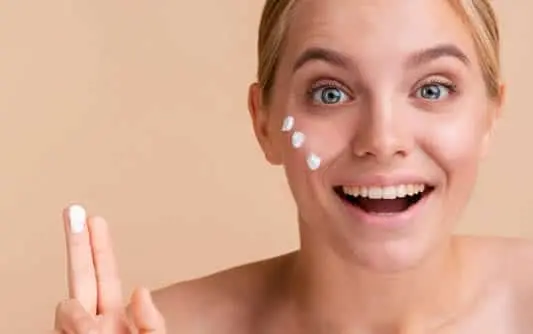Brown spots, while typically benign, often motivate individuals to pursue treatment for cosmetic enhancement, aiming to refine their appearance and bolster self-confidence. While preventing hyperpigmentation proves more straightforward and cost-effective, addressing existing spots demands a nuanced approach. In this endeavor, a spectrum of methods, ranging from over-the-counter remedies to professional interventions, presents itself. However, discerning the safety and efficacy of these options is imperative for achieving desired results without compromising skin integrity.
Brown spots, though not inherently harmful, often prompt us to seek treatment for cosmetic reasons, driven by a desire to improve our appearance and boost self-esteem. While preventing hyperpigmentation is a less challenging and more cost-effective endeavor, treating existing spots can be a nuanced journey. In this pursuit, various methods, from over-the-counter creams to professional procedures, are available. However, navigating the safety and efficacy of these options is crucial for achieving desired outcomes without compromising skin health.
Lightening creams: These are readily accessible, but are they safe? Over-the-counter skin-lightening creams such as kojic acid serums, vitamin C serums, and preparations containing lactic, azelaic, and glycolic acids are relatively safe. However, over-the-counter and prescription strength hydroquinone creams are somewhat controversial due to their association with a skin condition called ochronosis. This blue-gray pigmentation, caused by prolonged hydroquinone use, may or may not resolve after discontinuation. Exercise caution with hydroquinone to avoid exacerbating skin issues.
Retinoids or Vitamin A derivatives: These compounds are beneficial for promoting youthful, radiant skin. They stimulate collagen production and gently exfoliate the skin by accelerating cell turnover. However, they may cause skin irritation, necessitating a gradual introduction into your skincare routine. Start with a product like Differin (adapalene) gel, an over-the-counter Vitamin A derivative, before considering stronger options like prescription Tazorac.
Cryotherapy: While dermatologists or medical providers can perform this procedure in-office, it’s typically not covered by insurance as it’s considered cosmetic. Moreover, it carries the risk of leaving behind permanent white spots or exacerbating hyperpigmentation.
Laser treatment: Numerous laser options are available in Granada Hills dermatology practices or medical spas, but selecting a skilled provider is paramount to minimize complications such as scarring or permanent skin discoloration, especially for individuals with darker skin tones.
Chemical peels and Intense Pulse Light (IPL) treatments: These procedures can effectively lighten the skin. IPL utilizes pulsed light energy to target and destroy pigment in brown spots. Similarly, TCA and glycolic acid chemical peels exfoliate the skin, eliminating damaged surface layers and diminishing sun spots.
In the pursuit of brighter, more youthful skin, a multitude of treatment modalities, from accessible lightening creams to advanced laser procedures, offers diverse options. However, prioritizing safety and informed decision-making is essential. Whether opting for retinoids, cryotherapy, laser treatments, or chemical peels, selecting a qualified dermatologist is paramount to mitigate potential risks and optimize outcomes.


